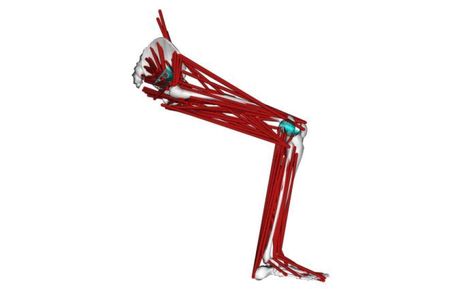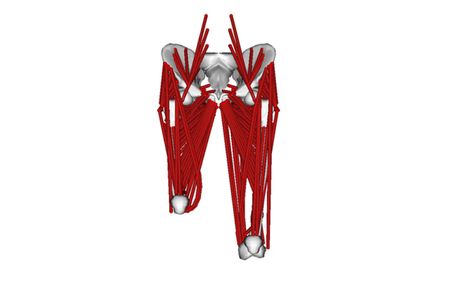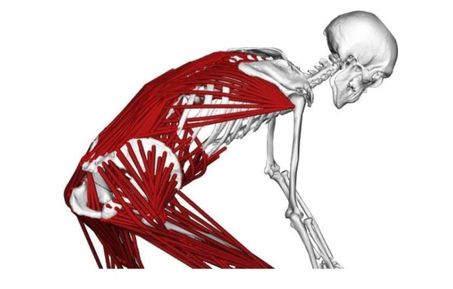Introduction
Knowledge of the internal loads acting on the human body during daily life movements has a wide range of applications, from clinical assessment of motor control patterns to prosthesis design and preclinical testing and as an input for finite element models predicting bone adaptation.
External forces are generally measurable directly through force plates or load cells, while muscle forces and joint reaction forces remain unknown. In the last decade, in vivo joint contact forces acting at the hip have been recorded by instrumented prostheses, but the results are available only for a relatively small set of patients. On the other hand, direct muscle force measurement is not possible in humans as it is considered too invasive.
In order to provide estimation of these internal forces, musculoskeletal models have been introduced. These models are composed of rigid bodies representing the bones connected by mechanical joints. Muscles are included in the model as actuators able to contract and provide the joint torques necessary to accelerate the segments, so generating the body movement.
Models
Contact us
Dr Andrew Phillips
Imperial College London
Structural Biomechanics
Skempton Building
South Kensington Campus
London SW7 2AZ, UK
Creative Commons license
This work by Imperial College London, Structural Biomechanics is licensed under a Creative Commons Attribution-NonCommercial-ShareAlike 4.0 International License.


